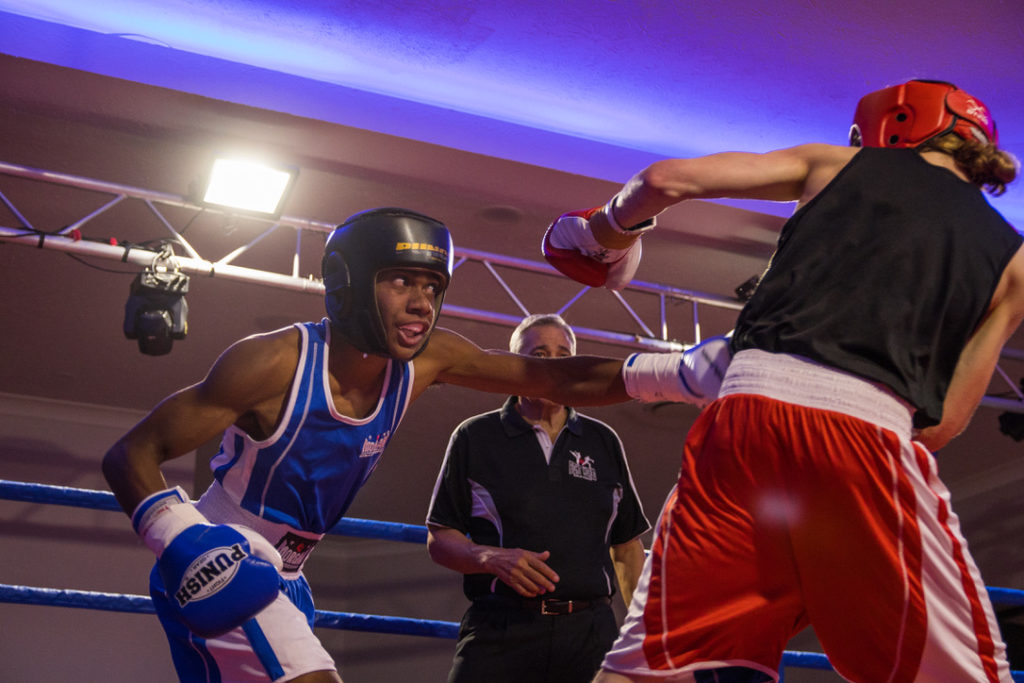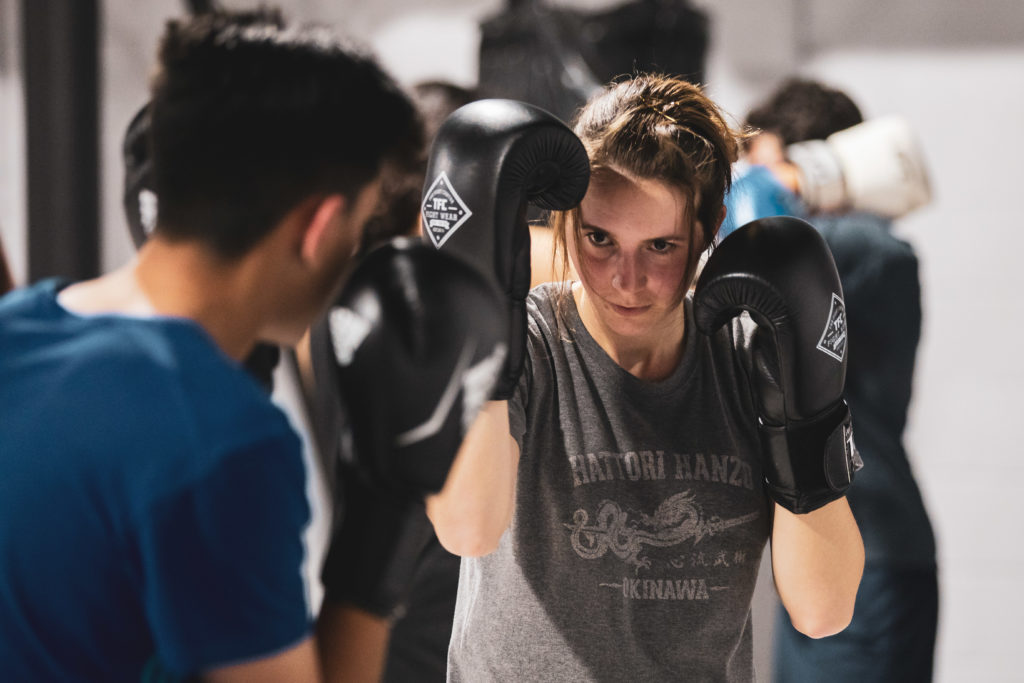Boxing is something that people don’t expect you to learn alone. Granted, you likely won’t be able to advance your skill that far without an instructor. That doesn’t mean you can’t start at all. Boxing basics are simple enough that you can practice it at home with the right resources and learning materials.
There are a lot of boxing styles athletes have developed throughout the sport’s history. That said, aside from the different types of punches, the aspect of boxing you have to learn before the complicated stuff is the positioning of your body. You have to always be mindful of your stance. How well can you adapt to the changing ebbs and flows of a fight? That would depend on your stance since it determines your balance and mobility. It comes with offensive opportunities and defensive responsibilities.
Learning the stance requires no equipment and is something you can do at home. All you need is a little bit of space (2m x 2m) to move around. You can practice at your own time to master the boxing basics.
If you’ve ever wondered how to do boxing at home, then you’ve come to the right place. This article explores the basics of boxing so you can practise at home.
Fight Stance
The fight stance is the ground zero from which you will launch all your attacks. It is also from which you will execute a lot of your defensive techniques. You will be spending a lot of time here, so it is imperative that your fight stance is balanced and efficient. If you’ve ever heard the term ‘reset’, this is what fighters, coaches, and trainers mean. Your fight stance is like a ‘reset’ button to clear your mind and start fresh, ready for the following sequence of events.
Key points for your fight stance:
- Take a normal step forward with your left foot if you’re right-handed for the orthodox stance. (If you’re left-handed, step with your left for the southpaw stance.)
- Rotate on the ball of your lead foot 45 degrees allowing your hips to turn with it.
- Centre your hips between your knees and slightly bend your knees.
- Rest your elbows on your ribs.
- Bring your hands to your face.
- Tuck your chin to your chest and look to where your opponent would be through your eyebrows.
- Bring your lead hand forward. Your forearm must be vertical, elbow pointed to the ground, and your hand/glove just under your line of sight. You should be able to see over the top of your knuckles while keeping your chin tucked.
Power Stance
The fight stance lets you maintain balance and mobility while throwing well-balanced strikes. However, there will come the point when you’re ready to start dealing more damage to your opponent. In that case, you’ll need to modify your stance to handle the firepower you’re about to deliver.
The power stance will fortify your base using your legs as a strong foundation. This foundation will handle the kinetic load you intend to pass through your body to your opponent.
The key to the power stance is connecting to the ground. Your body tends to travel in the direction of the punch you throw. This is especially true when you commit to power shots. Left unchecked, this will leave you in a compromised position. You’ll be open to counterpunches and follow up strikes.
So how do you avoid this scenario?
There is a technique referred to as ‘sitting’ on your punches. What does this mean? It means bending your knees in your stance. The momentum of your body travels towards the ground rather than the direction of your power punch. This may mean modifying your stance to increase the distance between your feet.
Keep in mind that your hips should remain between your knees. Doing this will achieve two things.
- It keeps you balanced during and after your power punch, so you don’t get stuck in a compromised position.
- It engages the muscles in your legs and torso and creates a stable foundation to generate force.
High Guard
In a defensive situation, an essential part of boxing is the basic guard position or the ‘high guard’. You can quickly execute the high guard from the fight stance. This makes it convenient since you need to create a solid frame to block incoming attacks.
So, how do you use the high guard?
- Stand in the fight stance.
- Bring your hands up to your forehead.
- Keep your forearms vertical and your elbows pointing to the ground.
- Make sure to tuck your chin into your chest and that you’re looking up through your eyebrows to your opponent.
- Brace your shoulders and squeeze your core. This will help create a strong frame that protects your head from excess damage.
Your forearms will be the wall between your opponent’s strikes and your head. However, this doesn’t mean that you’ll be getting away scot-free. You will still be taking impact, so prepare to take some damage. The high guard does not eliminate damage, though it does minimise it.
Fundamental Movement
Mobility is one of the things trainers emphasize from the day you learn your boxing basics. You may have heard the term ‘stick and move’ in Boxing, Kickboxing, Muay Thai, or MMA. What it means is to move right after you punch. Using your footwork to change your position makes you a harder target to hit.
Classic boxing movies like ‘Rocky’ has made the stick and move famous. A real-life example of a fighter who has demonstrated it in the ring is the legend Muhammad Ali.
Mastering your footwork can put you in good offensive positions. It can also eliminate the risk of damage in a defensive situation. (After all, it’s hard to hurt what you can’t hit.)
So, how do you do the footwork?
The basic action of footwork is small, incremental movements, one foot after the other. Make sure that you don’t lose your fight stance and your feet never cross over.
The proper footwork keeps you as close to your fight stance as possible. It keeps you ready to balance yourself, quickly fire off an attack, or cover up and defend yourself. The general rule of thumb is that the second foot immediately travels the same distance as the first and in the same direction.
Final Thoughts
You need a training partner for the full boxing experience. However, you can get started with your boxing basics through drills and exercises you can do at home. Even if you don’t have a partner yet, a little bit of training is better than no training at all. Practise these four items listed above and really get your muscles used to the motions. Whether you decide to compete or not, these stances and fundamental movements will help you in the long run.





